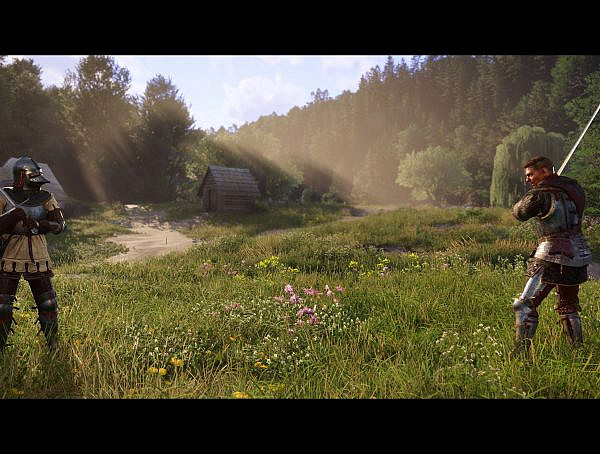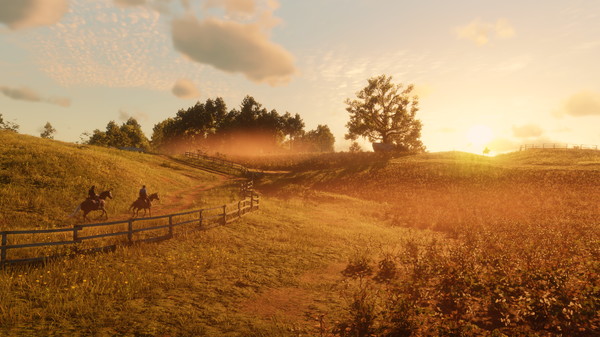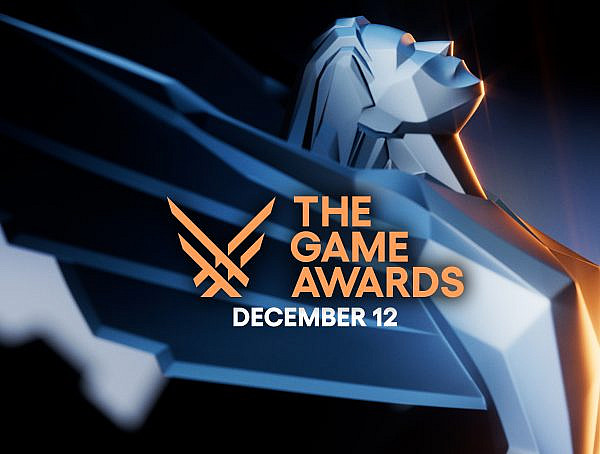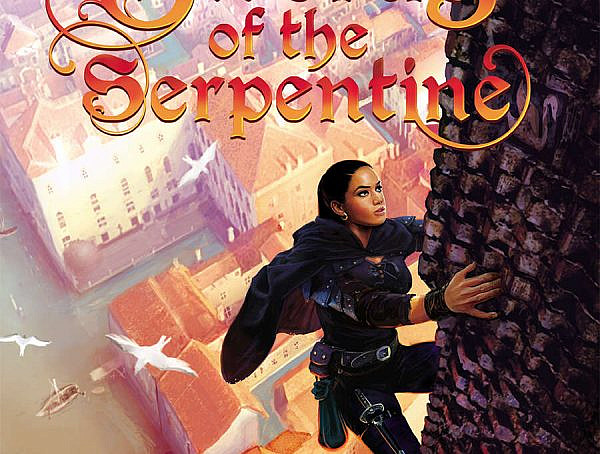Larping upstairs and downstairs in an English manor.
I am standing on the terrace of the manor, watching the fireworks display in honour of Lady Amanda Fairweather’s and Lord Alexander Fitzgerald’s marriage. It is too close, and too loud. There’s a draft letter in my pocket, and I am to report to the garrison in the morning. Every rocket goes off like an artillery shell. A man behind me, a veteran already, runs inside to cry. I start at each bang, and when the display is over, I am shaking and there are tears in my eyes.
I am actually at Moszna Castle near Opole in Poland and it’s a hundred years later. In the morning I’ll get on a bus to Wrocław and head home, and I’m fairly sure the man who performed the marriage ceremony is not actually an ordained priest. The rest of it is real.
The fourth run of the larp Fairweather Manor was played in early November, 2017. The game took its inspiration from TV shows such as Downton Abbey and Upstairs, Downstairs. Of the hundred or so players, roughly half played the nobles and other guests at the wedding, and the rest played servants – footmen, valets, maids, the butler, the housekeeper. My character was Professor Mortimer Scargill, a Marxist from Inverness who taught economics and industrial history at Oxford – and a staunch pacifist.
Moszna Castle, which also hosts the Witcher School larps and College of Wizardry: Winter Banquet, is a gorgeous 17th-century manor large enough to easily get lost in. Though it is now a hotel, apart from the reception desk and the modern bathrooms, there is little to break the player’s suspension of disbelief that they are in the Duke of Somerset’s household a century ago. This is also called the 360° illusion. Also aiding with this was that there were literally one hundred other people partaking in the illusion with you.
The lavish production values of the larp extended to other things – as entertainment for the wedding guests, there was the opportunity to take a ride in a period Rolls-Royce (no seatbelts, awful suspension), and participate in a historical falconry display.
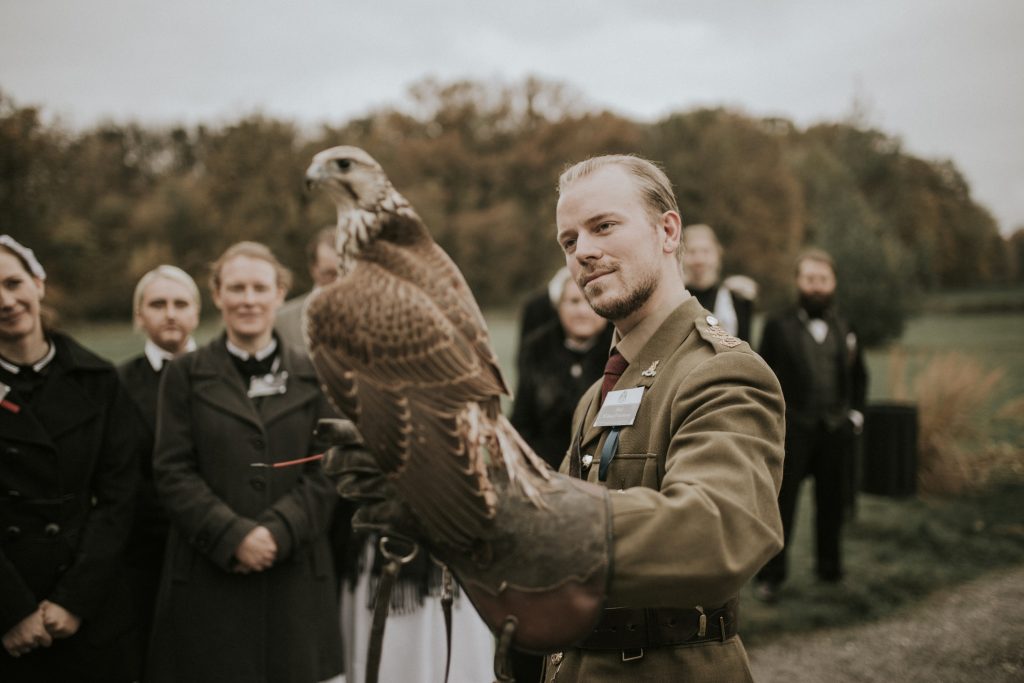
Earl Courtenay with a hawk. Photo by Dagmara Kunecka.
The (Hi)story
The game was not an historical re-enactment, but it was historical fiction and dealt with the key themes of the era. The Great War was in its third year, everyone had lost someone, the Russian revolution was in its kindling stages, and the United States had not yet entered the war. The age of aristocracy is coming to an end and the British Empire about to enter its period of decline. The question of women’s suffrage was on the table and Irish independence smoldering under it. The servant class seeks to improve their lot in life.
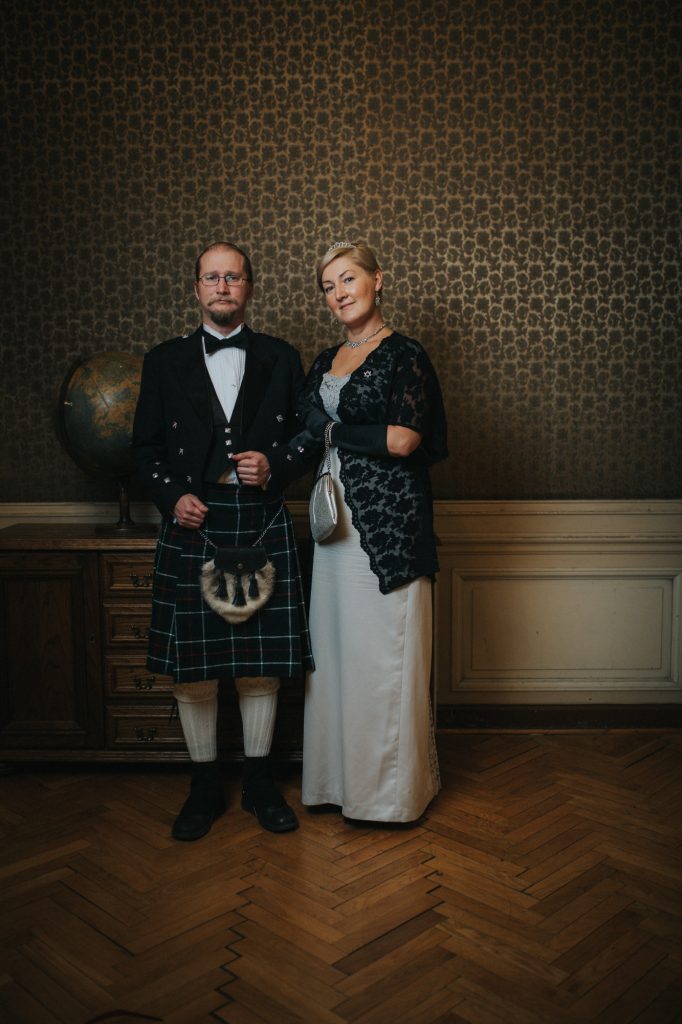
The Professor and his wife-to-be, Agatha Hoare. Photo by Benjamin Tarp.
It was not a nostalgic jaunt to a mythical golden age, but a sad snapshot of broken people and family dysfunction against the backdrop of one of the 20th century’s greatest tragedies – at least for me. Each of the hundred players walked away with their own experience and story. Some had fun. Some had deeply emotional experiences. For some, the game fell flat.
For a prime example, though many men got served with the draft letters and saw the fireworks, the specific emotional impact and experience was mine alone. While larping often involves grabbing the spotlight and acting things out in view of others, the emotional component of a player’s experience is unique and individual. The player is their own audience – the first-person audience. Moreover, though this was the second run of the 1917 version of the game (the first incarnation of Fairweather Manor occurring just before the war), and it will be run again in 2018, that experience cannot be recaptured. Another player would approach the character in their own style, and likewise the Professor’s friends would be played by different people in different ways to different outcomes.
Though the blueprint of the larp exists in the texts of the design document and the character briefs, it is not actualized until it is in play, and once the game is over, it ceases to exist. Though I may tell the story of how the Professor brokered the divorce of his best friend and then pledged to marry his wife, I am only imposing a neat narrative structure on something that probably didn’t happen quite like that in the game and was experienced very differently by the players of the friend, the wife, and their daughter. Larp is an ephemeral art form.
For an example, see Raquel Skellington’s video series. We played in the same game but never interacted, and our experiences are very different. This diversity of experiences also makes for replayability. If I return next year, it will be as a different character, with different agenda, contacts, background, and clothes.
The power of the larp will be the same.
You might also like
More from Features
Game Awards – Celebration of talent or a Marketing Extravaganza?
The Game Awards 2024 is over and the winners are announced. However, are they still following the same pattern that …
Worlds in a Finnish Theater: League Finals, Community, and Döner Kebab
I travelled to Helsinki to watch League finals in a cinema, and it was worth it. #leagueoflegends #esports #community #worldfinals







